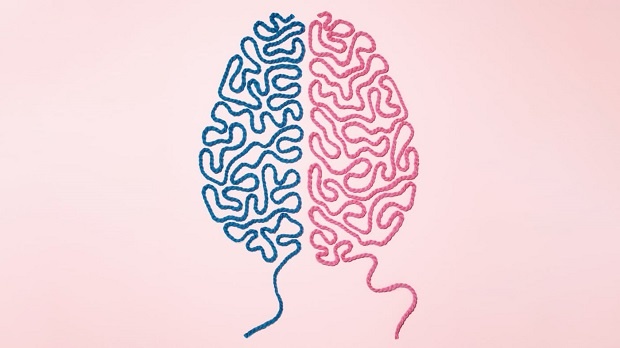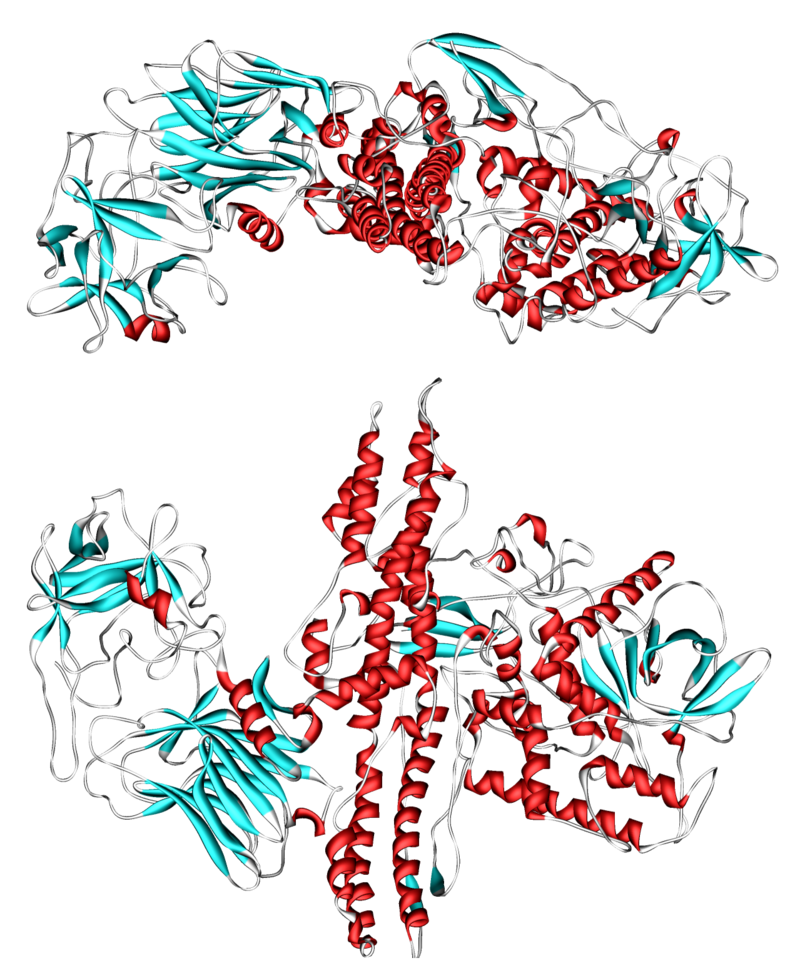Epilepsy and women
Pierre Jallon
Giảng viên thỉnh giảng Đại học Y Dược TP. Hồ Chí Minh
Abstract
Forty % of patients with epilepsy are women.
In the management of epilepsy, women are peculiar subjects because of the presence of possible ASM (Anti Seizure Medications) related considerations: menstrual cycle, contraception issues, pregnancy and fetal malformations risk, lactation and menopausis.
- A certain of epilepsy forms are more common in female than male such as Childhood absence epilepsy or photosensitivity seizures. Catamenial epilepsy refers to seizure in relation to the menstrual cycle (at the time of ovulation or just before the onset of menstruation). It observed in 12% of women suffered from epilepsy.
- Use of hormonal contraception did not increase the frequency of seizures. All available hormonal contraceptives (pills, injections, implants) are less effective when hepatic enzyme-inducing ASMs are taken.
- Change of the frequency of seizures can be observed during pregnancy: No change: 53%, Increased: 24%, Decreased: 23% Increasing the frequency of seizures may be caused by poor compliance (dosing decrease or discontinuation), alterations of ASMs, pharmacokinetics, morning sickness (nausea and vomiting during pregnancy) sleep deprivation.
- The risk of birth defects in normal pregnancies is between 2-3%. The risk increases with number of ASMs used during pregnancy:7% with 1 ASM, 15% with 2 ASMs, 50% with 3 ASMs. The higher concentration of AED in plasma, the higher risk of birth defects. Association of prenatal exposure to Antiseizure Medication with risk of autism spectrum disorder and intellectual disability have been reported with Valproate and Topiramate.
- All available ASMs are excreted into breast milk with different fractions. The benefits of breast-feeding outweigh its adverse effects.
No seizure during 9 months before pregnancy is associated with no seizure during pregnancy around 84 to 92 %.
Pierre Jallon, Da Nang August 13, 2022



